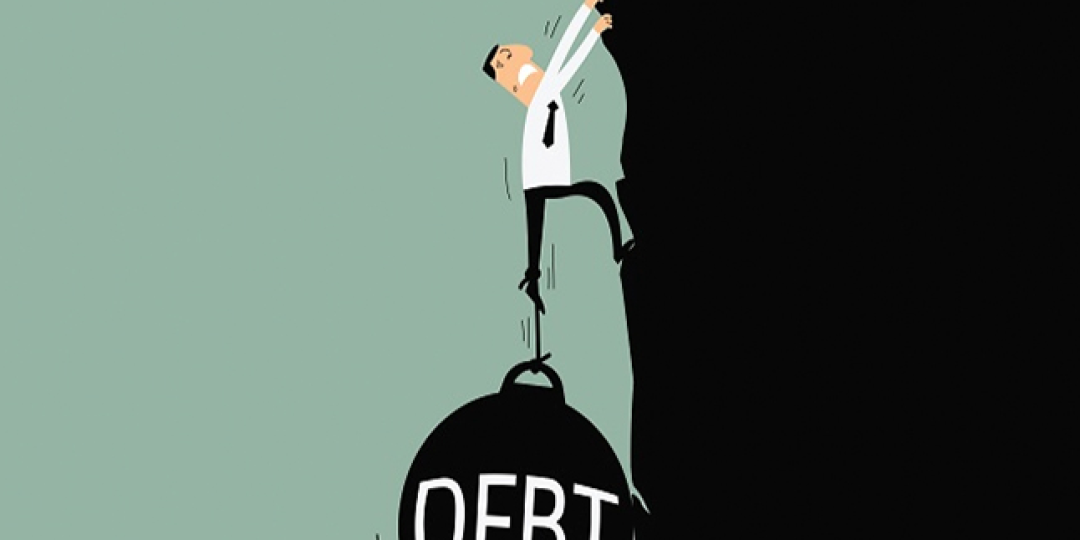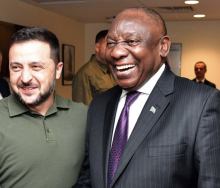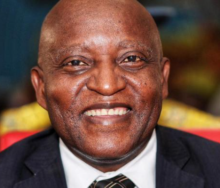Consumers must brace for yet another interest rate hike when the SA Reserve Bank’s (SARB) Monetary Pricing Committee (MPC) meets this week.
But it’s likely to be the last interest rate hike for the year, the Nedbank Group Economic Unit forecast in its latest MPC review report released on Friday.
Nedbank economists said they expected interest rates to increase by another 25 basis points when the committee meets on Thursday.
“We forecast one last rate hike of 25 bps in this cycle for this week’s meeting. Although we still believe that the SARB has done enough to tame inflation and facilitate a sustainable decline towards the target range, we suspect that the MPC will err on the side of caution. In our opinion, the recent rise in inflation expectations, the threat of renewed severe load-shedding, and the rand’s extreme vulnerability against the backdrop of the Fed’s hawkish rhetoric will set the tone for this week’s decision.
“It is also possible that the SARB would argue that the damage of pausing too soon is much greater than the cost of over-tightening. Too restrictive policy can easily be reversed, while structurally higher inflation and persistently rising inflation expectations will require even greater economic sacrifices to rectify. If MPC hikes by another 25 bps, monetary policy will become highly restrictive,” the Nedbank Group Economic Unit said.
Given that the aggressive tightening over the past two years is already visible in slowing credit demand, rising loan defaults, and stagnant consumer demand, Nedbank economists said they did not see the need for any further rate hikes this year.
“We expect that the easing cycle will start early next year,” the economists added.
They said that recent inflation outcomes had been more encouraging, suggesting that inflation was finally shifting down a gear. Headline inflation fell by more than market expectations to a one-year low of 6.3% in May after easing only slightly to 6.8% in April from 7.1% in March.
“Although food inflation remained high, it slowed noticeably to 12% from a peak of just over 14% in March. Underlying price pressures proved stickier, with core inflation only drifting slightly lower to 5.2% from 5.3%,” the economists said.
“We expect the downward trend in headline inflation to intensify during the second half of the year. Strong base effects, lower global food, oil, and other commodity prices combined with much weaker domestic demand will likely offset the impact of a volatile rand and persistent load-shedding. We now see inflation ending the year at 5%, lower than our previous forecast of 5.2%.”
Overall, headline inflation is forecast to average a lower 5.9% in 2023 (6.1% previously), before receding to 4.8% and 4.6% in 2024 and 2025, respectively, the economists said.
“Most of the upside risks to the inflation outlook flagged by the MPC at the May policy meeting have also eased. Global inflation is receding more convincingly. Global oil prices remain subdued and world food prices are still sliding off a high base. On the domestic front, electricity supply proved fractionally more reliable than most expected this winter and the rand pulled back from record lows against a weaker US dollar.”
However, the economists added that despite these hopeful developments, a vulnerable rand and the likely return of more severe load-shedding remained the key upside risks to the inflation outlook.













